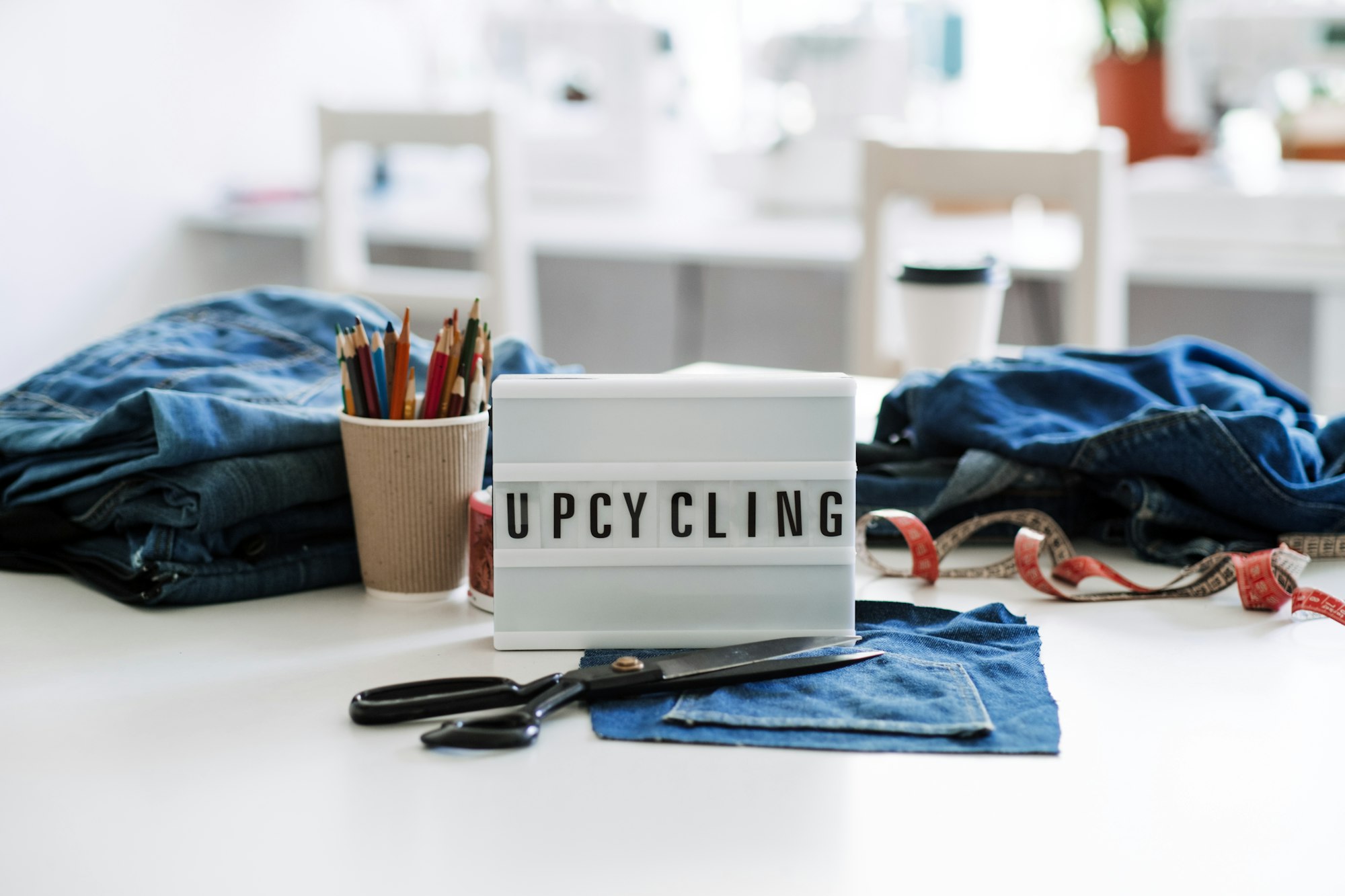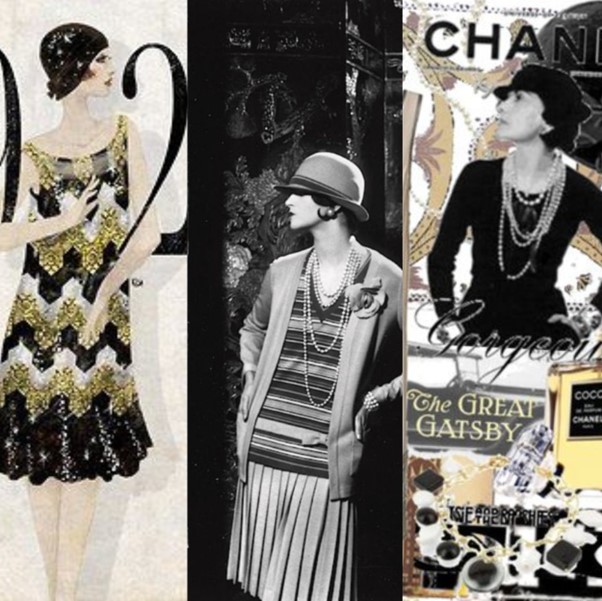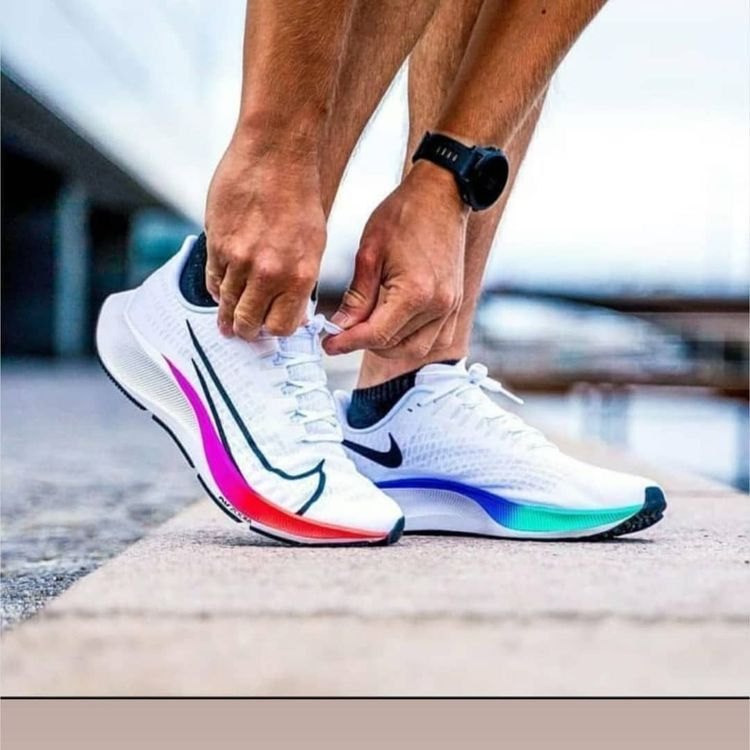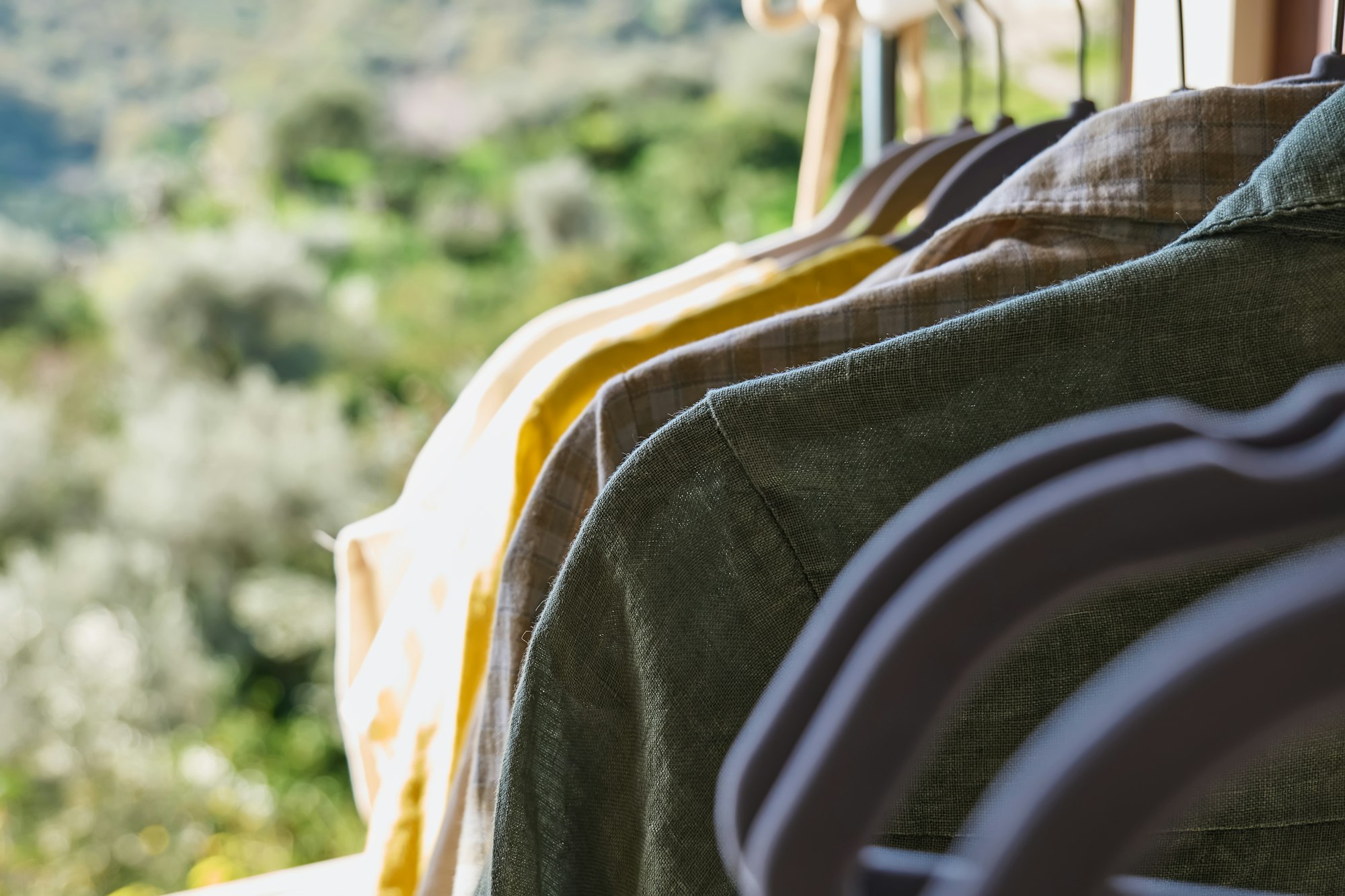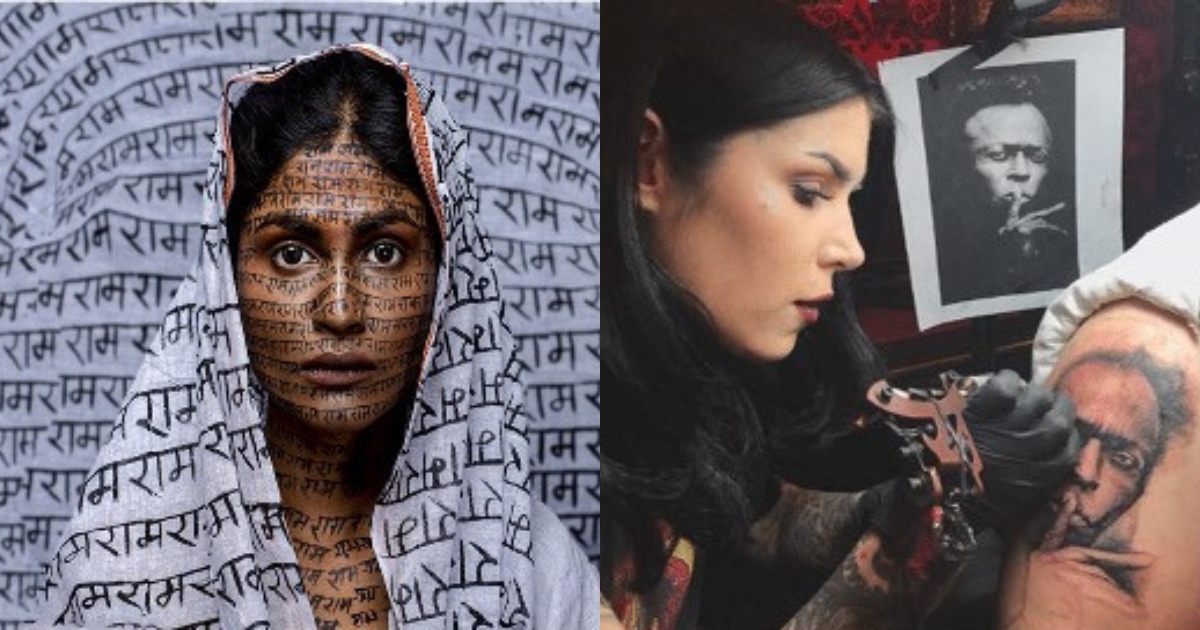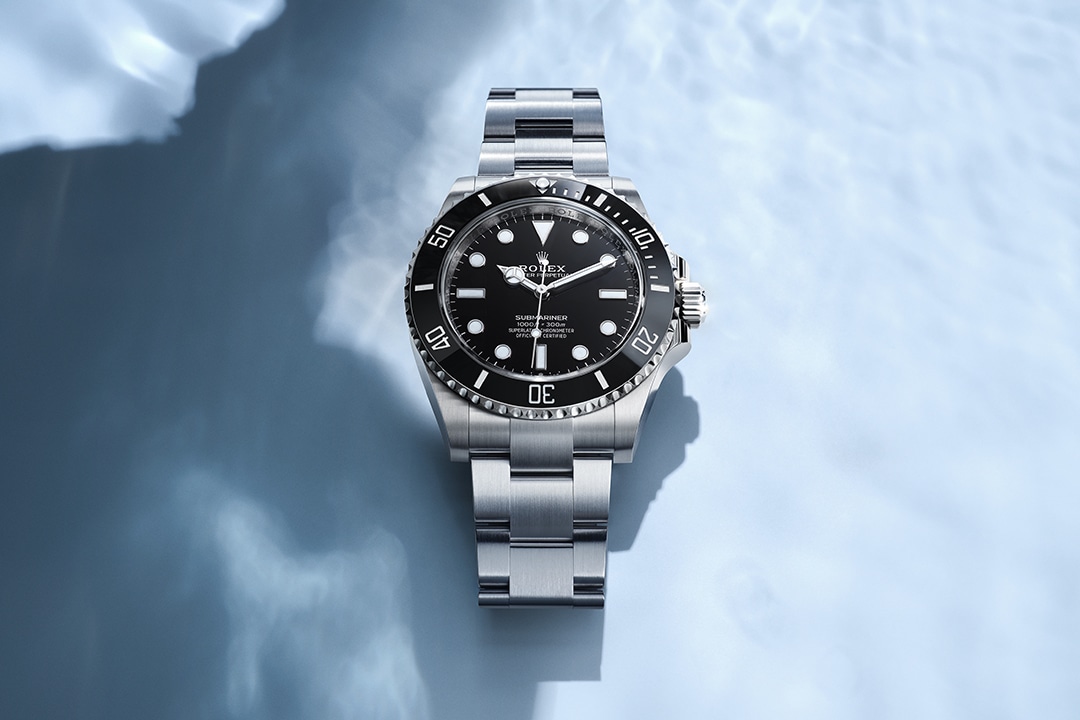The signs of the times indicate that our environment is distressed and has an expiration date. To save us from the sin of fast fashion, circular fashion emerged as our savior—an eco-conscious approach within the industry that emphasizes minimizing waste, promoting sustainable production practices, and extending the lifespan of clothing through strategies like reuse, recycling, and upcycling.
Upcycling has gained popularity, particularly in industries like fashion, as existing materials remain in circulation instead of ending up in landfills.[1] Upcycling creatively repurposes waste materials or discarded products into new ones of higher value, quality, or functionality, showcasing innovative reuse such as transforming old jeans into a denim tote bag.[2] Whereas, recycling involves breaking down waste materials or products into their basic components for creating new products or materials, such as melting plastic bottles to make new plastic products.[3] Although both practices contribute positively to environmental conservation by reducing waste and the demand for virgin resources, upcycling generally requires fewer resources and less energy compared to recycling.[4]
Despite these benefits, upcycling encounters challenges related to intellectual property rights (IPR) when incorporating pre-existing designs, trademarks, or copyrighted materials.[5] Fashion brands may face legal issues when their protected intellectual property is used in upcycled products without authorization. The absence of clear guidelines surrounding upcycled products can also deter designers and brands from fully embracing sustainable initiatives, fearing legal repercussions.
The First Sale Doctrine of Trademark Law
In the context of trademark law, upcycled products lack significant protection by the first sale doctrine. Also known as the exhaustion doctrine, the first sale doctrine is a legal principle that allows the purchaser of a trademarked item to resell, give away, or loan that item without infringing upon the original owner’s IPR.[6] Once a branded product enters the stream of commerce, trademark protection is exhausted and subsequent unauthorized sale of product does not violate trademark protection.[7]
However, there is an exception to the principle of exhaustion when the quality of the product has been altered.[8] The issue arises in upcycling when the upcycled product materially modifies the original item. This means that if you buy a branded shirt, you may not legally transform it into something else, such as a bag, without the brand owner’s permission, if “material differences” exist between the purchased goods and the goods being resold.[9] For instance, if the upcycled bag retains the brand’s logo or distinctive design elements without authorization, it could potentially infringe on the brand’s IPR. The same problem arises if purchasers engage in unauthorized repackaging, reconstruction, and other modifications because the upcycled product is materially different from the original.[10]
Upcycled Products and Trademark Infringement
Trademark infringement occurs when a trademark or service mark is used without authorization in connection with goods and/or services, causing confusion, deception, or misconceptions about the origin of the goods and/or services.[11]
In the context of upcycling, which involves modifying the original product while incorporating or showcasing logos or other protected trademarks, the trademark owner can demonstrate that the upcycler is using the same or similar trademark in commerce without the owner’s consent, and therefore this unauthorized use may lead to a likelihood of consumer confusion.[12] For instance, consumers might mistakenly believe that the product originated from a luxury brand.
Trademark Infringement Found in Upcycled Products
Louis Vuitton Malletier S.A.S. v. Sandra Ling Designs, Inc. No. 4:21-CV-00352 (S.D. Tex. Dec. 1, 2022)
Louis Vuitton sued Sandra Ling Designs (SLD) for trademark infringement related to the sale of apparel, handbags, and accessories made from modified Louis Vuitton goods.[13] Louis Vuitton argued that the material alteration created a risk of customer confusion.[14] SLD countered that customers were unlikely to be confused about the source of its products because each upcycled product included language disclaiming affiliation with Louis Vuitton.[15]
The Southern District of Texas did not rule on counterfeiting because a settlement was reached.[16] While no liability or damages were admitted, the defendants agreed to a permanent injunction and a payment of $603,000, as part of the settled agreement.[17]
Chanel, Inc. v. Shiver and Duke, LLC, No. 1:21-cv-01277-MKV (S.D.N.Y. Nov. 29, 2022)
Chanel sued Shiver + Duke (SD) for trademark infringement, unfair competition, and trademark dilution, citing their use of Chanel buttons in SD’s upcycled jewelry.[18] Chanel argued that the repurposed Chanel buttons were not directly sourced from Chanel, lacked Chanel’s verification of authenticity, and were originally intended for clothing, not jewelry.[19] Moreover, SD’s upcycled products bore similarities to Chanel’s jewelry designs.[20]
Despite receiving a cease-and-desist letter, SD made superficial changes to their products and packaging, such as adding “reimagined” and “reworked,” while continuing to use Chanel’s trademarks without consent.[21] They also incorporated their “SD” markings on the back of the jewelry and tags.[22]
The Southern District Court of New York entered a stipulated judgment in Chanel’s favor, permanently enjoining SD from refashioning Chanel buttons and settling the case, with terms remaining confidential.[23]
Trademark Infringement Not Found in Upcycled Products
Rolex Watch U.S.A., Inc. v. BeckerTime, LLC, No. 4:20-CV-01060, 2022 WL 286184 (N.D. Tex. Jan. 31, 2022)
Rolex obtained a permanent injunction against an upcycler who combined Rolex and third-party parts to create hybrid watches labeled as “Genuine Rolex,” a practice deemed counterfeiting by the Northern District Court of Texas due to the unauthorized use of Rolex’s trademarks.[24]
The upcycler’s watches incorporated at least one Rolex trademark, along with aftermarket bezels and bands, despite lacking Rolex’s endorsement.[25] Although BeckerTime claimed to be a “Certified PreOwned Watch Dealer” with a “Rolex Certified Master Watchmaker,” Rolex had not certified or endorsed them.[26] Furthermore, the parts BeckerTime added to these watches did not bear any markings identifying BeckerTime as the source.[27]
However, Rolex was denied disgorgement of profits due to a delay in legal action known as laches, as Rolex’s attorneys had been aware of the upcycler’s activities for over 10 years before filing suit.[28]
Additionally, the court found that BeckerTime aimed to capitalize on Rolex’s brand recognition but lacked sufficient evidence to prove an intent to infringe on Rolex’s trademarks.[29]
Hamilton Int’l Ltd. v. Vortic LLC, 486 F. Supp. 3d 657 (S.D.N.Y. 2020), aff’d, 13 F.4th 264 (2d Cir. 2021)
The Southern District Court of New York ruled that wristwatches made from genuine parts of pocket watches originally produced and sold in the U.S. under the Hamilton trademark from 1894 to 1950 were unlikely to cause confusion about their origin.[30]
The court emphasized the importance of disclosure in determining confusion caused by modified genuine products.[31] Despite the continued presence of Hamilton marks on some original parts, such as the watch faces, the defendant’s identification on the watch backs and clear disclosures in their advertisements and website clarified the watches’ source.[32]
The Second Circuit upheld this decision, noting Hamilton’s failure to prove confusion among reasonable purchasers regarding the origin of Vortic’s watches.[33]
Conclusion
As upcycling gains momentum as a green solution, the legal red flags in trademarks become increasingly relevant. The cases highlighted herein reveal the delicate balance between innovative reuse and protecting established brands. These instances serve as cautionary tales, emphasizing the need for clear guidelines and boundaries to safeguard both creative expression and brand integrity. While some brands may attempt to disguise themselves as upcyclers and use sustainability as an excuse to unfairly capitalize on a well-known brand’s reputation, it is crucial to strike a balance between encouraging eco-friendly practices and upholding intellectual property rights. This balance is necessary to ensure a fair and ethical marketplace for both creators and consumers alike.
References:
[1] Eda Stark, The Implications of Upcycling Products for Brand and Trademark Owners, IP Watchdog (June 27, 2023, 7:15 AM), https://ipwatchdog.com/2023/06/27/implications-upcycled-products-brand-trademark-owners/id=162671/#.
[2] Karma Thinlay Yolmo, Intellectual Property Challenges in Upcycling and Recycling Fashion: Examining the Legal Implications and Intellectual Property Rights associated with the Transformation of Waste Materials into Sustainable Fashion Products in India, 11 ICJRT. 2 (2023), available at: https://ijcrt.org/papers/IJCRT2307762.pdf.
[3] Id.
[4] Id.
[5] Id.
[6] Irene Calboli, Upcycling, Sustainability, and IP: What It Means for the World of Fashion (July 2023), https://www.wipo.int/wipo_magazine_digital/en/2023/article_0022.html.
[7] Id.
[8] Id.
[9] Id.
[10] Stark, supra note 1.
[11] Id.
[12] Id.
[13] Calboli, supra note 6.
[14] Id.
[15] Id.
[16] Id.
[17] Id.
[18] Id.
[19] Id.
[20] Id.
[21] Stark, supra note 1.
[22] Id.
[23] Id.
[24] Id.
[25] Id.
[26] Id.
[27] Id.
[28] Id.
[29] Bobby Ghajar & Dina Roumiantseva, Upcycled Goods: Considering When Restoration Crosses into Infringement, IP Watchdog (March 26, 2022, 12:15 PM), https://ipwatchdog.com/2022/03/26/upcycled-goods-considering-restoration-crosses-infringement/id=147873/.
[30] Stark, supra note 1.
[31] Ghajar, supra note 29.
[32] Stark, supra note 1.
[33] Id.








